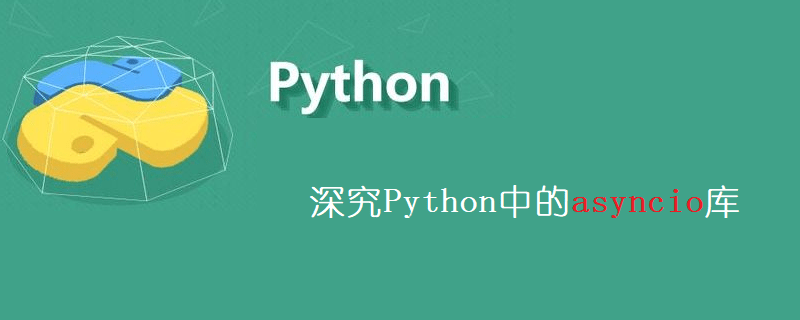前面的代码都是异步的,就如sleep,需要用asyncio.sleep而不是阻塞的time.sleep,如果有同步逻辑,怎么利用asyncio实现并发呢?答案是用run_in_executor。在一开始我说过开发者创建 Future 对象情况很少,主要是用run_in_executor,就是让同步函数在一个执行器( executor)里面运行。

同步代码
def a():
time.sleep(1)
return 'A'
async def b():
await asyncio.sleep(1)
return 'B'
def show_perf(func):
print('*' * 20)
start = time.perf_counter()
asyncio.run(func())
print(f'{func.__name__} Cost: {time.perf_counter() - start}')
async def c1():
loop = asyncio.get_running_loop()
await asyncio.gather(
loop.run_in_executor(None, a),
b()
)
In : show_perf(c1)
********************
c1 Cost: 1.0027242230000866
可以看到用run_into_executor可以把同步函数逻辑转化成一个协程,且实现了并发。这里要注意细节,就是函数a是普通函数,不能写成协程,下面的定义是错误的,不能实现并发:
async def a(): time.sleep(1) return 'A'
因为 a 里面没有异步代码,就不要用async def来定义。需要把这种逻辑用loop.run_in_executor封装到协程:
async def c(): loop = asyncio.get_running_loop() return await loop.run_in_executor(None, a)
大家理解了吧?
loop.run_in_executor(None, a)这里面第一个参数是要传递concurrent.futures.Executor实例的,传递None会选择默认的executor:
In : loop._default_executor Out: <concurrent.futures.thread.ThreadPoolExecutor at 0x112b60e80>
当然我们还可以用进程池,这次换个常用的文件读写例子,并且用:
async def c3(): loop = asyncio.get_running_loop() with concurrent.futures.ProcessPoolExecutor() as e: print(await asyncio.gather( loop.run_in_executor(e, a), b() )) In : show_perf(c3) ******************** ['A', 'B'] c3 Cost: 1.0218078890000015
下一节:深究Python中的asyncio库-线程池
神龙|纯净稳定代理IP免费测试>>>>>>>>天启|企业级代理IP免费测试>>>>>>>>IPIPGO|全球住宅代理IP免费测试




































